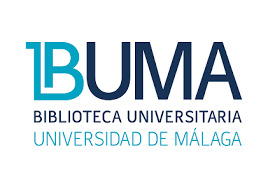REPRODUCCIÓN SEXUAL E INFLUENCIA DE SUSTRATOS EN EL DESARROLLO DE Malpighia glabra L. (MALPIGHIACEAE)
Abstract
Malpighia glabra, also known as “acerola”
or “semeruco” within its wide distributional
range, produces fruits that have high vitamin
C content in their mature state. The objective
of this study was to reproduce this species
by planting seeds in germination trays using
the following substrates: commercial peat
moss, andosol, and vertisol. The percentage
of germination was calculated, the number
of germinated seeds per tray cavity in
each substrate was quantified, and growth
from emergence of the hypocotyl to the
seedling was measured. The results showed
heterogeneous germination percentages
between substrates. The analysis of variance
presented significant differences, showing
the commercial substrate to be the best for
germination and vertisol to yield the highest
growth rate. We can conclude that “acerola”
has the capacity to germinate in any of
these three substrates; nevertheless, the best
results are obtained using a commercial
substrate.
Downloads
Published
Issue
Section
License

Polibotánica by Departamento de Botánica de la Escuela Nacional de Ciencias Biológicas del Instituto Politécnico Nacional se distribuye bajo una Licencia Creative Commons Atribución-NoComercial-CompartirIgual 4.0 Internacional.




















